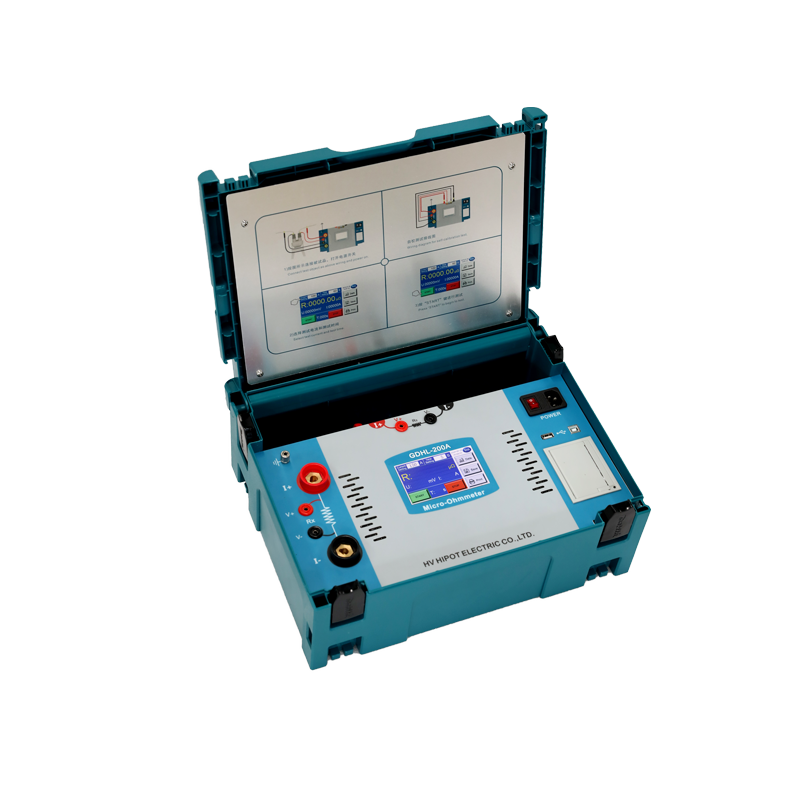Loop resistance testers are widely used in enterprises to measure the contact resistance, loop resistance, cable wires, and weld contact resistance of various household electrical appliance control switches. The high-precision loop resistance tester developed and produced by our company has accurate measurement data and comparative performance. It is stable and meets the requirements of my country’s electric power and power supply management department for on-site maintenance of high-voltage switches and loop resistance of high-voltage switch factories.
So how to maintain the loop resistance tester?
The loop resistance tester should be placed in a dry, ventilated, dust-free, and corrosive gas-free room. It should not be stacked in wooden boxes and should be stored with the panel facing up. Moisture-proof items should be placed at the bottom of the device to prevent the device from getting damp.
Several common questions about on-site testing with loop resistance testers:
1. The voltage wiring circuit is open or has poor contact (when the wiring is open, it can be seen that the contact resistance is infinite). When there is strong electromagnetic interference around the test, such as when the bus is charging, the charging bus will use air as the medium and interfere with the two voltage test lines of the tester through the capacitor. Differential mode voltage appears. First, if the influence of external environmental interference is large, the loop resistance tester will display a value that is much larger than the resistance value of the object being measured. At this time, if the system tester has enough on-site testing experience, he may be able to judge the abnormal test analysis results and solve the problems in development. He may also draw attention and finally obtain the correct test research results. However, if the tester is inexperienced, , it may be misjudged that the resistance value of the switch circuit exceeds the standard, and power outage maintenance may be required. This method mainly deals with defects, which will cause unnecessary losses to the power company’s future production and life. Secondly, if the interference intensity is not very large, the displayed value of the meter is just within the qualified resistance range of the circuit breaker, which is the same as the situation of “poor voltage circuit contact”, which will also lead to misjudgment.
2. In most cases, the circuit breaker terminals will produce an oxide film or oil film on the outer surface of the terminals after long-term operation. This may occur when the voltage test claw of the loop resistance tester is connected to this type. Wiring board. If the contact is poor, the voltage test wire claw itself will produce a certain contact resistance. When the contact resistance value is equal to the internal resistance value of the voltage sampling circuit, it will seriously affect the test results.
3. Open the voltage wiring circuit and the loop resistance tester to ensure that there is no strong electric field interference at the test site. In this case, since the differential mode voltage input to the amplifier basically does not exist, the test parameters displayed by the loop resistance tester are close to 0. If the loop resistance tester has sufficient field testing experience, the abnormal voltage loop test line can be determined as the loop resistance test line. Electricians recommend that the final correct test results can be obtained only after eliminating abnormal test lines in the instrument voltage loop. On the contrary, it is possible to misjudge the problem of the tester, interrupt the test, replace or repair the tester, extend the power outage time, and bring unnecessary trouble to the test work.
Post time: May-06-2024

